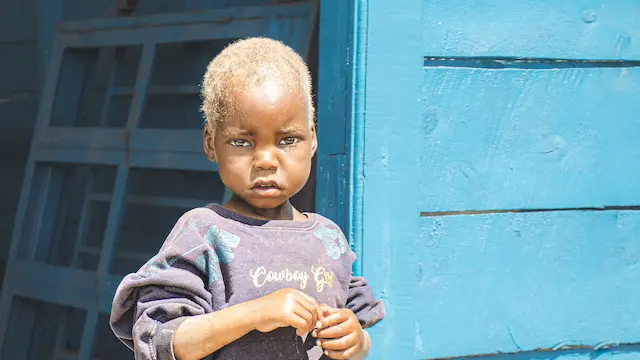Honduras: “I don’t know how we’ll go on”
%20(1).jpg)
“At 6pm that evening, the power had already gone out. Everything was so dark. There was no radio and no phone signal. I couldn’t even call my family in Tegucigalpa to let them know that I was safe” said Dr Suny as she recounted night Hurricane Eta struck Honduras on 3 November 2020, leaving a path of devastation in it’s wake.
“I could hear people outside screaming and scrambling. The wind and rain were so strong, I couldn’t shut an eye; but the storm kept getting stronger. At 2am, I peeked out my window and I could not see a thing except for branches flying in every direction. The rain was so heavy and dense, I couldn’t see past it”.
The next day Dr Suny ventured out her apartment in Puerto Lempira, a town in North Eastern Honduras, to find damaged buildings and the pier, which provided critical access to remote villages by boat, completely submerged in water. Compelled to help those who had fled to the city in search of shelter, she joined with local authorities to distribute safe water. “I had to do something to help”.
“Two weeks later, when people were just starting to get back on their feet, Hurricane Iota hit us again” she said. Iota made landfall following the same destructive path as Eta, while pummelling communities again with heavy rain and high winds. “I kept asking myself how on earth people were going to manage? Surely, Iota would destroy what Eta had left. How would people survive it?”
In the following days, over 175,00 people fled their homes seeking safe shelter, as severe flooding and landslides damaged houses and wiped out swathes of crops before harvest, destroying roads and isolating entire communities. “About 4,000 people came to Puerto Lempira looking for refuge. The buildings were overcrowded and overwhelmed with the needs of people who had lost so much” said Dr Suny.
A week after the double-disaster struck, Medair’s emergency response team landed in Honduras to begin assessing and responding to urgent needs. Dr Suny joined the team as they travelled over four hours by boat to reach some of the remote communities in Gracias a Dios. “Many of the Miskito people, whom I have grown to know and love over the years, live in dire poverty and have been tragically affected by these two disasters” said Dr Suny, after meeting with local leaders to assess the damage.

For the four million people affected by the hurricanes, a long road to recovery lies ahead. “I don’t know how we’ll go on” said Raoul, a community leader, as he stands knee deep in water outside his house. Widespread flooding means people do not have safe drinking water and sanitation, which are crucial to prevent the outbreak of disease, and with no crops to harvest, a lack of food for people and livestock is a devastating reality.

“Medair is one of only two international organizations that have come to this region to support the Miskito communities” said Dr Suny, as our team begins providing critical supplies like soap, chlorine drops to purify drinking water, containers to store water and personal hygiene items to families here. Medair will also repair six damaged health centres, so they can resume essential health services and provide safe water to these centres. “I am very happy to have the chance to support the organization in improving access to better hygiene and health services of the people, at a time when they really need it.”
%20(1).webp)

%20(1).webp)